Casa Esperanza, Inc. is a bilingual and bicultural behavioral health center that specializes in providing a continuum of comprehensive behavioral health, primary care, and support services in Spanish and English to the Latine community in Massachusetts.
Our Mission
Our mission is to empower individuals and families to recover from addiction, trauma, mental illness and other chronic medical conditions; overcome homelessness; and achieve health and wellness through comprehensive, integrated care.

At Casa Esperanza…
We Know
The lived experience of disenfranchised communities are negatively affected by systems that undermine progress, stifle growth and are embedded in almost all aspects of their lives.
We Believe
We can uplift the human spirit by explicitly challenging systems built to disparage, silence, and disempower disenfranchised communities.
Our Roots
Casa began in 1984 as a grassroots response to the addiction crisis in the Latine community. Over time, Casa established a nationally recognized, integrated care model to deliver evidence-based recovery treatment and mental health services to multiply-diagnosed Latine patients. This integrated model remains rooted in the self-help and self-sufficiency traditions in which we were founded to remain accountable to our mission, clients and community.

Casa Esperanza opens first bilingual/bicultural residential addiction treatment program

Casa answered the growing need among graduates for sober, affordable, transitional housing by opening Nueva Vida, a graduate house for men
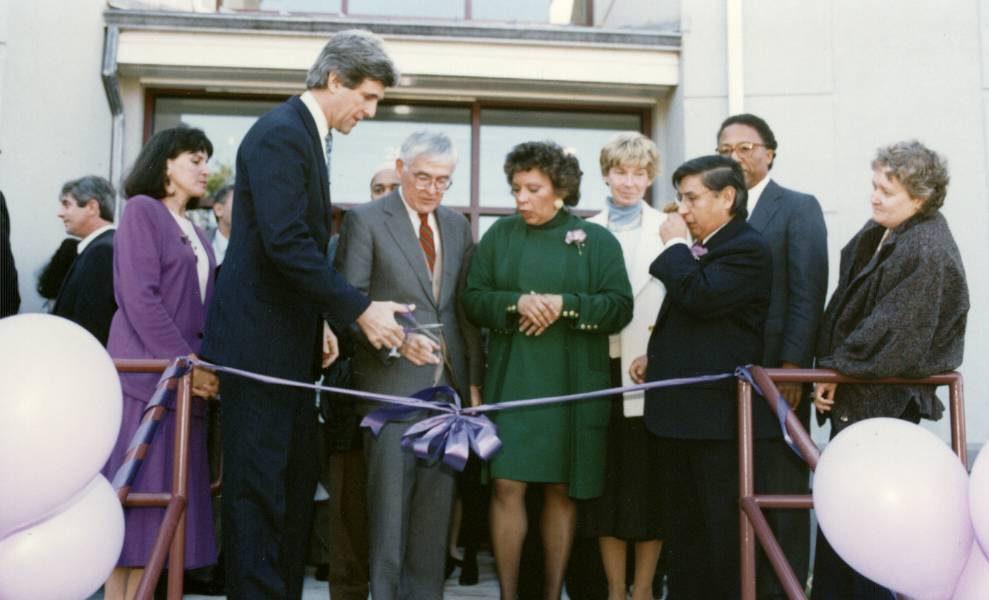
Opens first bilingual/bicultural residential program for pregnant/postpartum women in Massachusetts
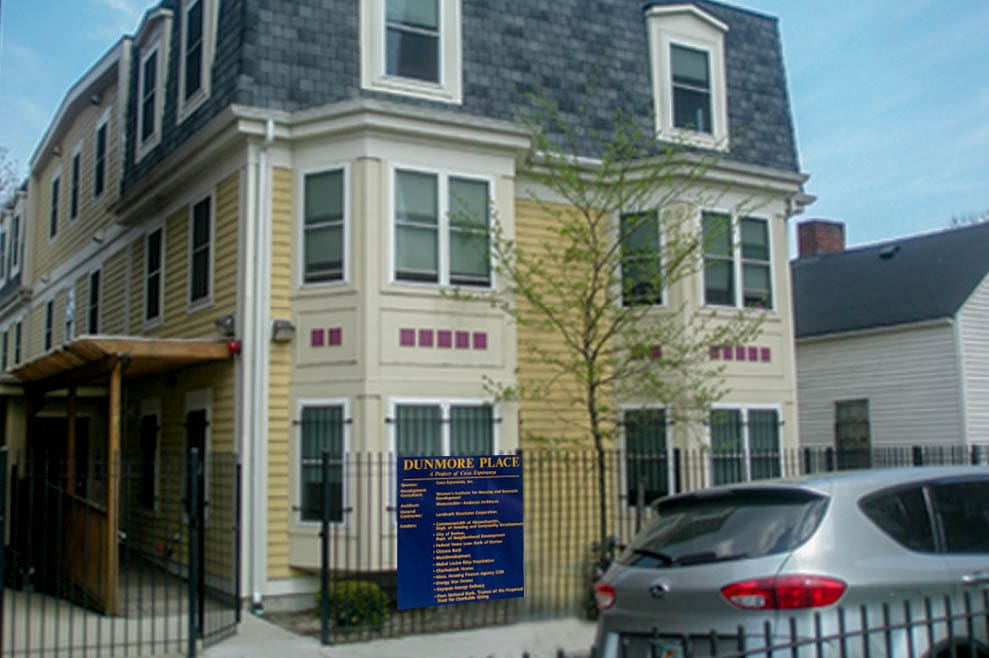
Opens Dunmore Place, supportive, permanent housing for families
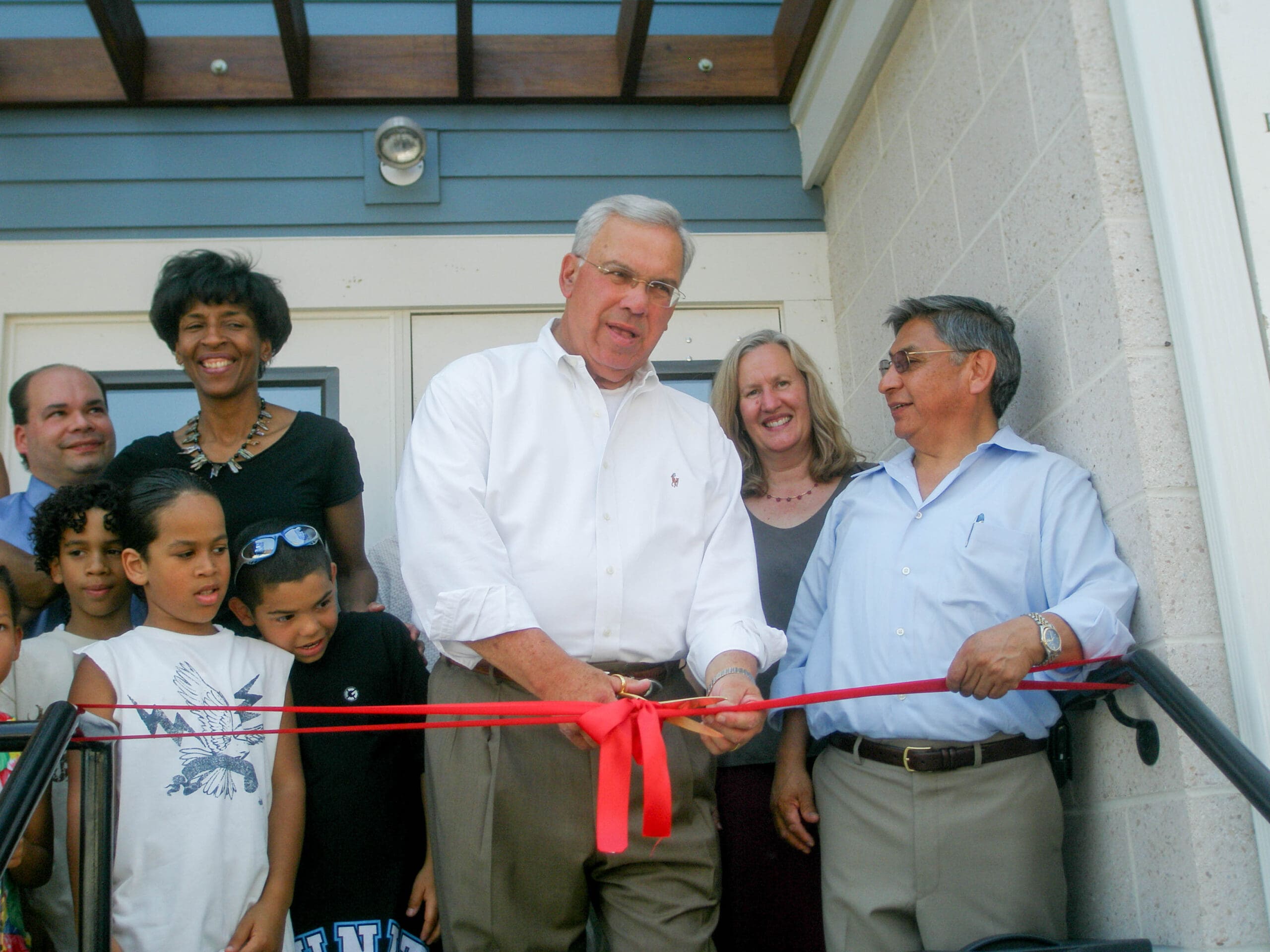
Opens Familias Unidas, bilingual/bicultural mental health services

Publishes first research article “Client Retention in Residential Drug Treatment for Latinos”
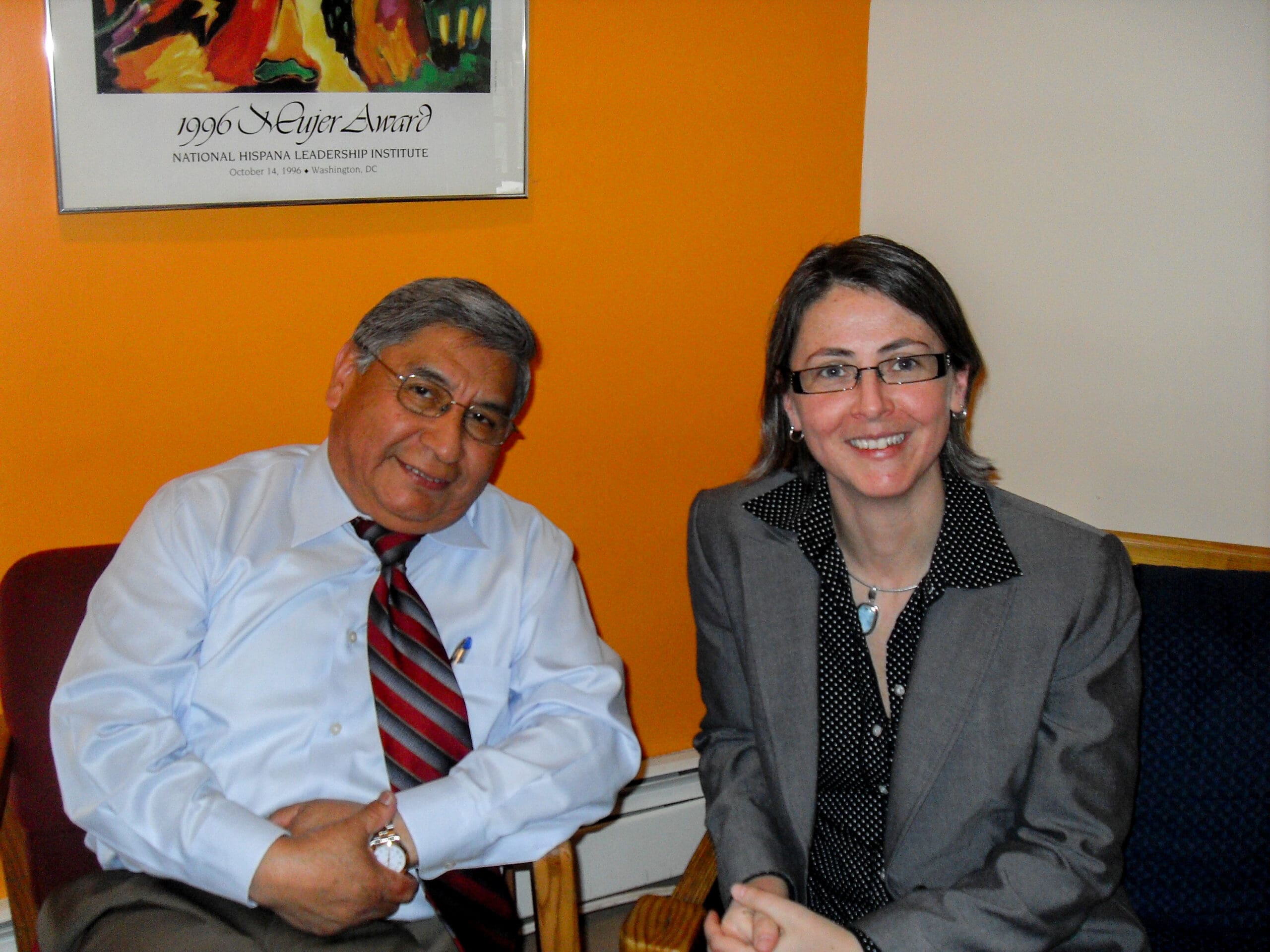
Founder Rick Quiroga retires, Emily Stewart becomes Executive Director. Opens Nueva Esperanza, supportive, permanent studio units
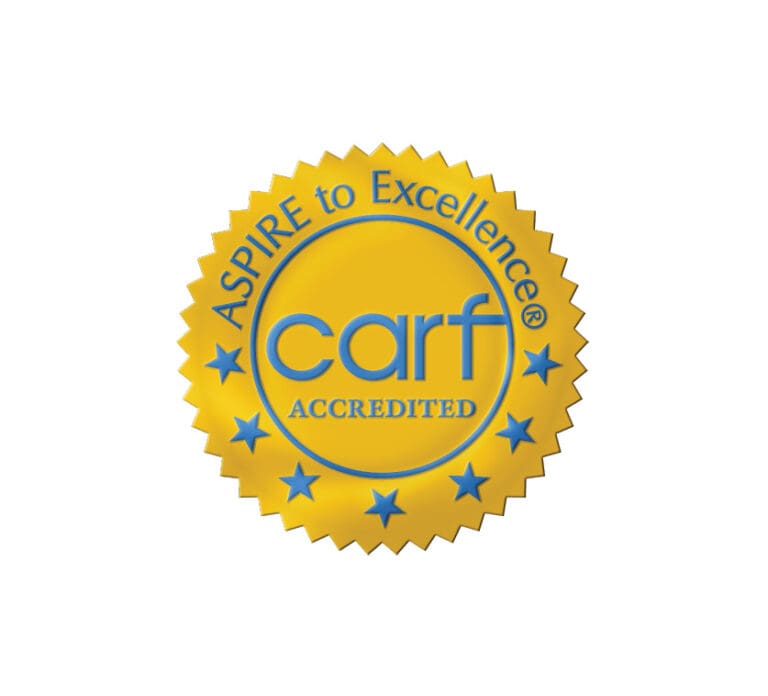
Familias Unidas is licensed as a CARF accredited mental health clinic

Launches Greater Boston’s only Spanish language Structured Outpatient Addictions Program (SOAP)

Partners with Boston Healthcare for the Homeless to offer integrated primary and behavioral healthcare
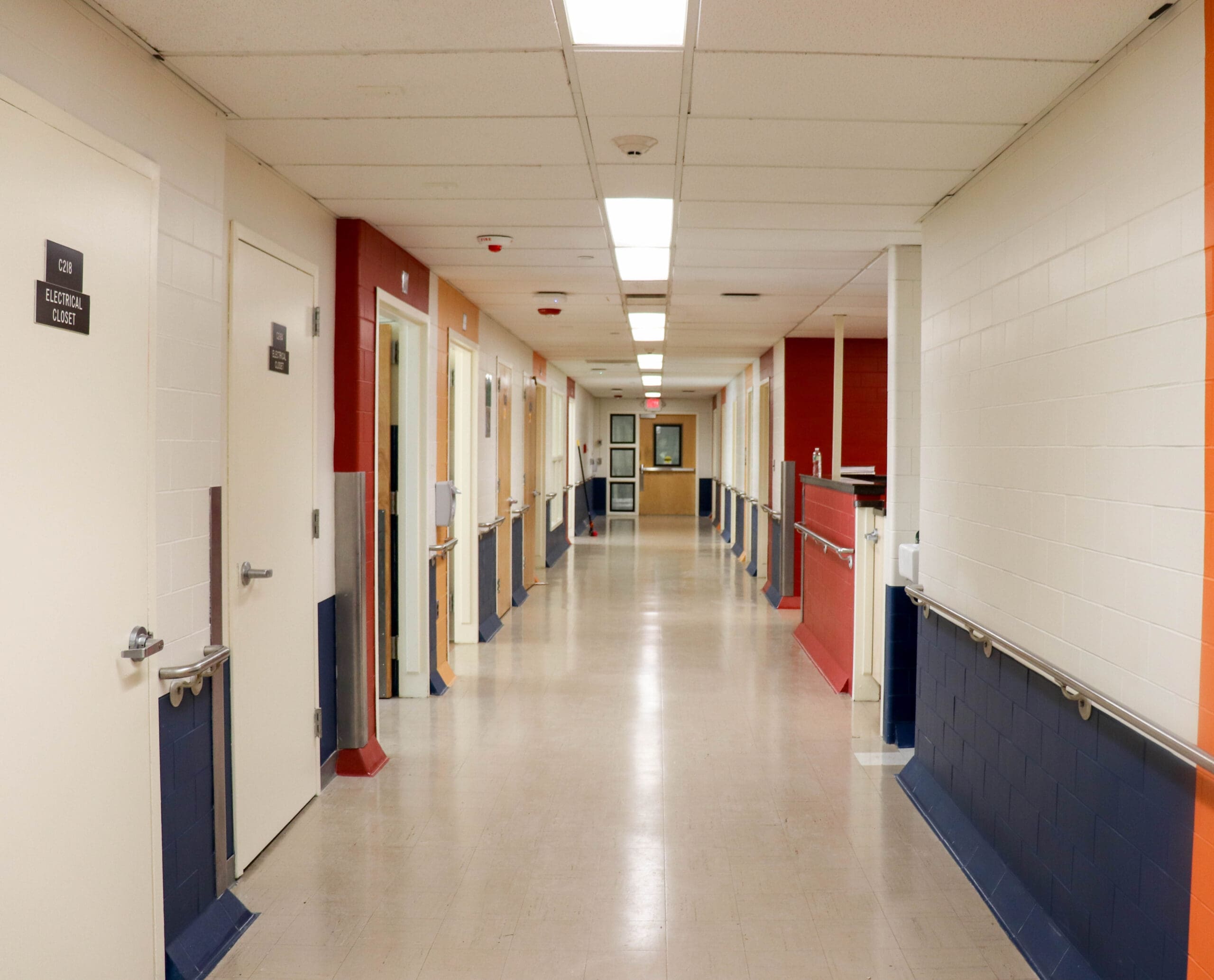
Opens Conexiones, a bilingual/bicultural Clinical Stabilization Services program

Launches youth substance use and HIV/STI prevention intervention Mi Vida, Mi Historia

Adds Telehealth service delivery option during the COVID-19 pandemic

Receives Federal Grant to Establish Greater Boston’s First Bilingual/Bicultural Certified Community Behavioral Health Clinic

Initiates the license of the first fully bilingual ATS/CSS and COE Program for Women
Our Values
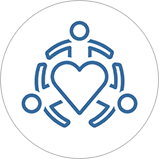
Integrity

Communication
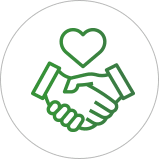
Respect

Teamwork
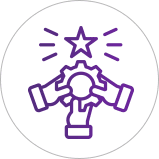
Dedication
Thank You
Thank you so much for supporting our mission to empower individuals and families to recover from addiction, trauma, mental illness and other chronic medical conditions; overcome homelessness; and achieve health and wellness through comprehensive, integrated care! We deeply appreciate your support for healthcare access and equity.

